
Students will learn the history of rainsticks. They will engineer and design their rainstick. Students have to figure out how much rice, beans and corn goes inside to make the sound of rain. Finally
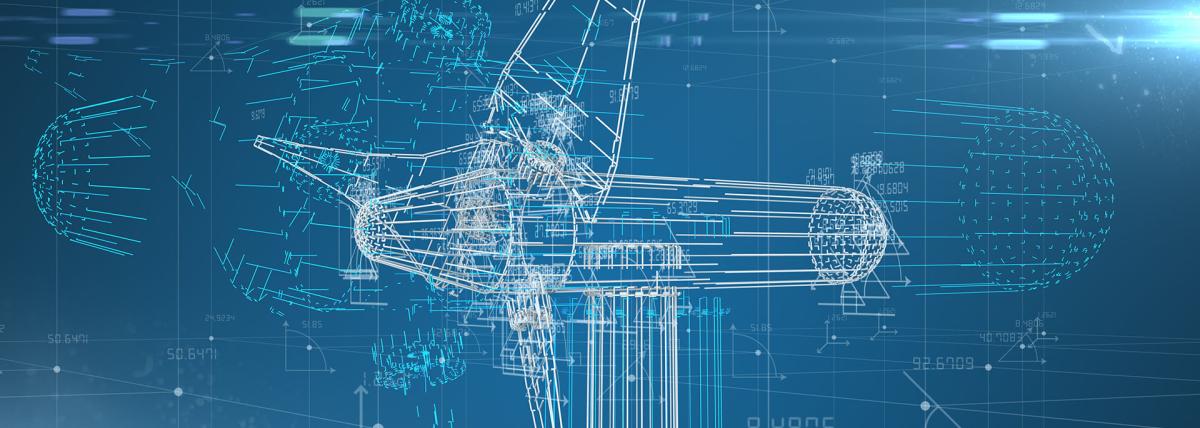
On day one, students will learn the history of the boomerang. Then on day two, the students will engineer and design their boomerang. Finally, the students will fly their boomerangs.

Students will build landing gear to successfully land a rover on Mars.

In this lesson, students explore the foundational concepts of electricity, delving into Ohm's Law and the principles of electric power. Through a series of engaging theoretical and practical exercises

Students will construct an explanation using evidence to demonstrate that objects can affect other objects even when they are not touching. They will explore electric, magnetic, and gravitational

Description: In this engaging lesson, students dive into the fascinating world of bone anatomy by creating styrofoam models of bones and simulating fractures. Through hands-on activities, students use

This multi-day activity is designed for an introductory 4th grade STEM after school club. It can be easily modified for whole classes and for lower and upper grade levels. The activity has students

Using the Engineering Design Process, students will design and create a marble maze out of cardboard and cardstock, making sure to include all the required elements. They will then create an air
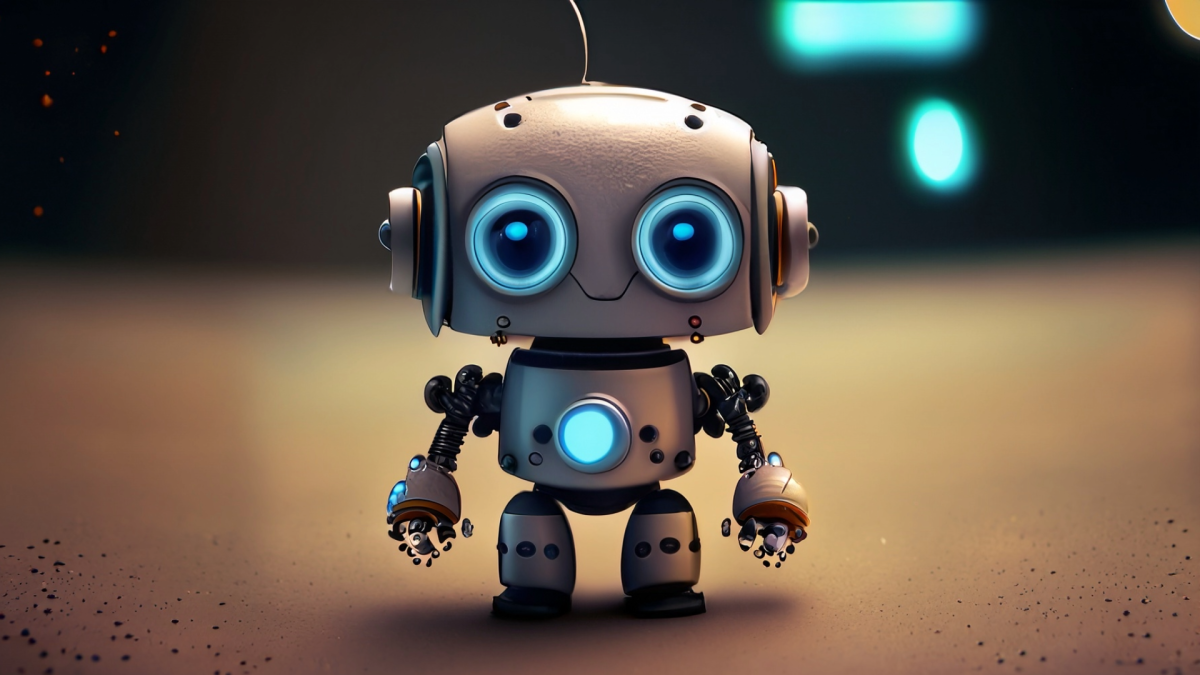
ArtBot is an innovative educational tool designed to introduce students to the fascinating world of electric and magnetic interactions through the medium of art. This unique robot is equipped with

Students will create flying helicopter models to change the movement and motion by changing different variables. Changing the movement of an object requires a net force to act upon it. This lesson

This lesson is designed for students to conduct research in teams to create the best catapult that can launch a mini dog bone the farthest. Students use the engineering design process to create their

This lesson is intended to be the second lesson within a series. After the first lesson, exploring the transfer of power within a system, Students utilize this lesson, lesson 2, to explain how and
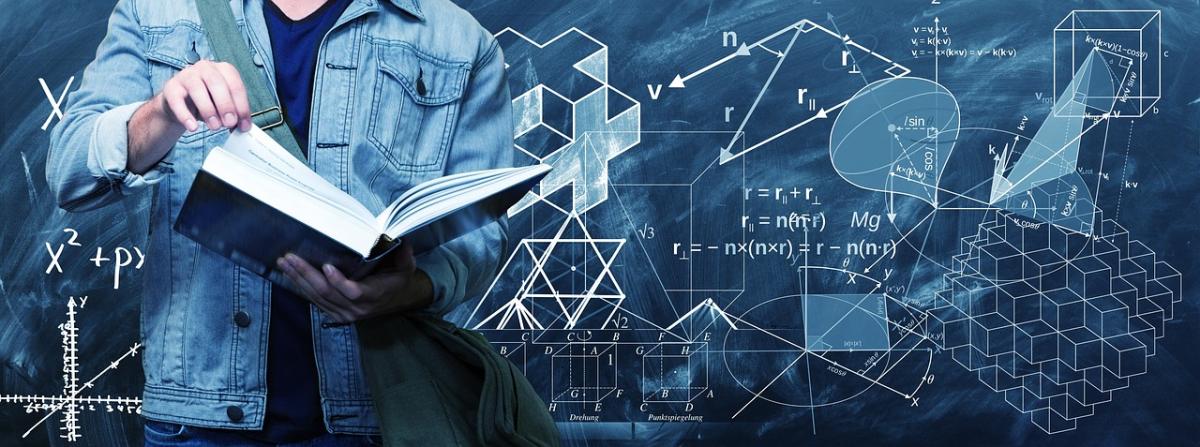
In this engaging lesson, students will use cams to practice data collection and graphing skills. A variety of resources are built into this lesson including a slow reveal graph with directions, videos

This lesson will develop an awareness of the critical importance of access to clean water for survival in the wilderness, drawing inspiration from the book "Hatchet." Students will recognize the vital

In this lesson, students focus on the engineering design process to help them design, build, and test a functional bow and arrow system like the character Brian Robeson in the book "Hatchet". Students

This 45-minute lesson uses the book, "How to Catch an Elf", to lead into a cooperative engineering design lesson where students work in teams to build a humane trap to capture an elf.
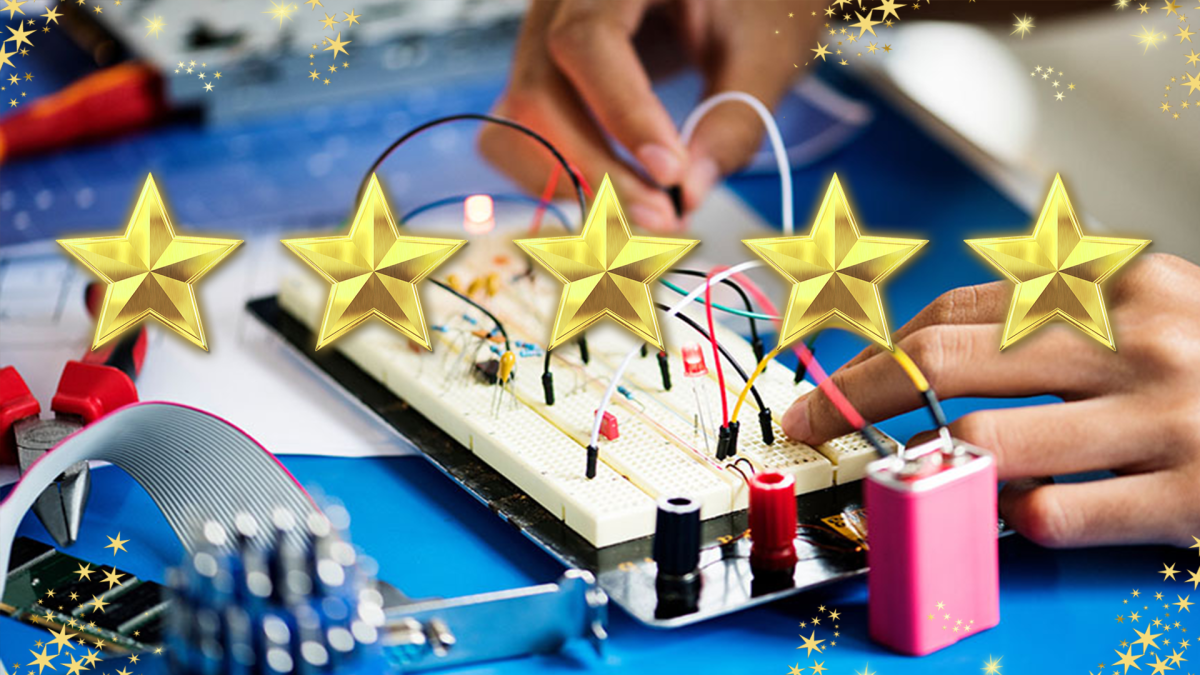
A Shocking Dystopia: STEM Adventures in The City of Ember Part 4 of 4: Where the River Goes
This lesson is PART 4 of a four-lesson unit, which focuses on futures thinking, the phenomenon of electricity, closed-system agriculture, and water as a renewable energy resource. “The City of Ember”

A Shocking Dystopia: STEM Adventures in The City of Ember Part 3 of 4: A Problem in the Greenhouse
This lesson is PART 3 of a four-lesson unit, which focuses on futures thinking, the phenomenon of electricity, closed-system agriculture, and water as a renewable energy resource. “The City of Ember”

A Shocking Dystopia: STEM Adventures in The City of Ember Part 2 of 4: A Way to See in the Dark
This lesson is PART 2 of a four-lesson unit, which focuses on futures thinking, the phenomenon of electricity, closed-system agriculture, and water as a renewable energy resource. “The City of Ember”

A Shocking Dystopia: STEM Adventures in The City of Ember Part 1 of 4: Blackout! Community Circuits
This lesson is PART 1 of a four-lesson unit, which focuses on futures thinking, the phenomenon of electricity, closed-system agriculture, and water as a renewable energy resource. “The City of Ember”

Students will be using simple equipment to demonstrate the 3 laws of motion. They will be incorporating technology, math, and the scientific method to demonstrate what they know.

Involving themes of biology, ecology, and conservation, this engineering lesson introduces students to the behavior of immersed bodies within the realm of fluid mechanics. Utilizing the phenomena of

By the end of this lesson, students will understand the unique adaptations of desert tortoises and the importance of conserving their habitat. Students also engineer a habitat for the desert tortoise.
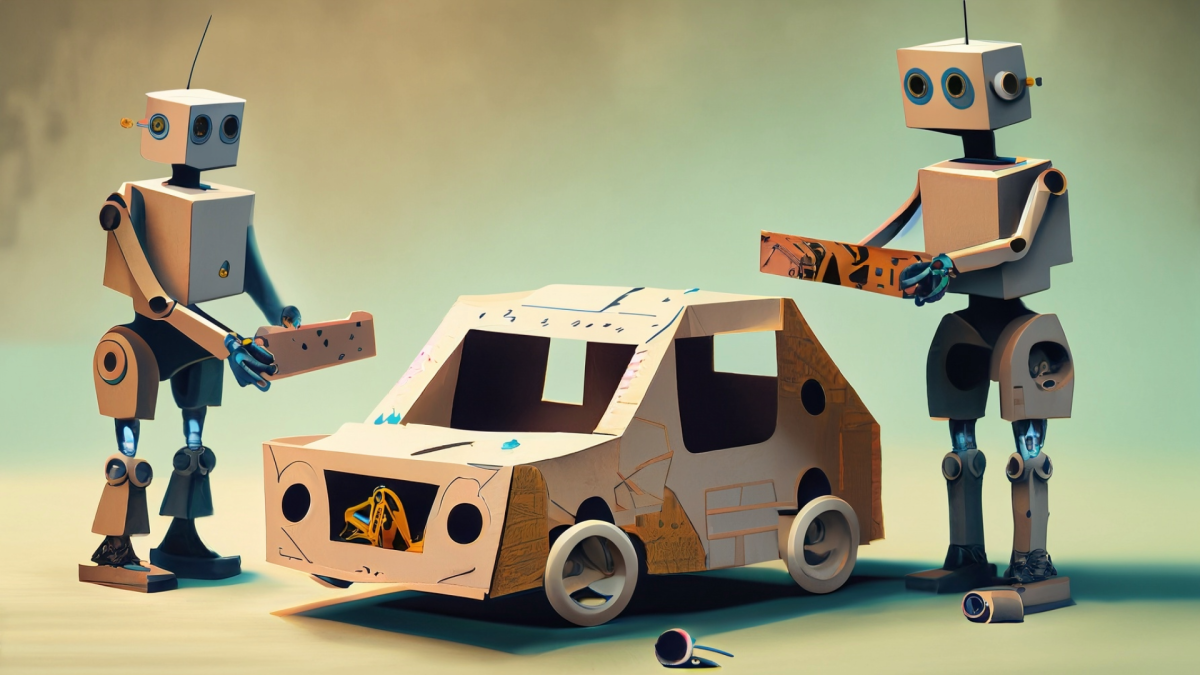
In this engaging lesson, students explore the concept of position (Hayu') vs. time (nkez) graphs through a hands-on car motion (Buggy) activity. Using the Buggy on a marked track, students measure and


